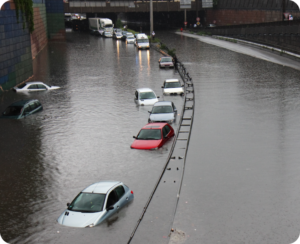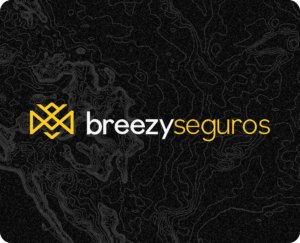Is your home or business in a Flood Zone VE? Flood Zone VE is included in the classification of flood risk levels created by FEMA, the Federal Emergency Management Agency.
Flood Zone VE?
Flood Zone VE is FEMA’s designation for high-risk coastal communities. It is an area that can suffer from flooding caused by the accumulation of water and overflow from nearby streams and rivers. Coastal areas also have additional exposure due to frequent storms. The “V” represents “velocity wave action,” the velocity generated by waves arriving during storms.
The chance of a VE Zone flood is 1% per year, referred to as the 100-year flood, and 26% over the course of a 30-year mortgage.
What is the base elevation of Flood Zone VE?
The base flood elevation (BFE) is the height at which flood waters are expected to increase during a 100-year flood.
Base Flood Elevation (BFE) is the predicted height of the water surface during a 100-year flood. Insurers use this measure when determining insurance rates and by contractors when building a home in an area with a high risk of flooding.
The BFEs in the VE inundation zone vary from location to location, but can be up to 14 feet (4.3m) high.
While your BFE is a good indicator of an area’s flood risk, it is still an indicator, not a real forecast. Nature doesn’t care about indicators. Floods can happen more often, they can be bigger or smaller than expected, or not at all. The question is: are you willing to take the risk?
Are homes in Flood Zone VE required to have Flood Insurance?
As a Special Flood Hazard Area, Flood Zone VE is a region where flood insurance is required by government-backed mortgage lenders. But that’s not all, because for certain Flood Insurances to agree to cover the risk of flooding in your home, you will need to meet some guidelines:
- The lowest habitable floor must be above the BFE.
- Any unfenced area below the BFE cannot be used as a living space.
- The structure must be raised by piles, pillars, posts or column foundations.
- Ventilation, plumbing and air conditioning equipment must be above BFE.
Even if you meet all of these requirements– and you must, for the security of your property– you may still have difficulty obtaining insurance. That’s why the federal government created the National Flood Insurance Program (NFIP) to guarantee flood insurance for homeowners who fail to qualify.
Even if the house is already yours and you don’t have a mortgage that requires you to take out insurance, or if it seems difficult to get insurance for your region, be sure to do so! The cost to repair damage caused by a flood can be very high. Speak with Breezy Seguros! We’ll guide you along the rocky path (or the yellow brick road, in our case).
How do you find the risk of the area you live in?
In addition to official sources from FEMA and NFIP, we know that some zones are not yet mapped or registered as risk.
That’s why we’ve written the article 6 Flood Questions to Ask Before Moving to help you determine your risks and the type of Flood insurance you’ll need, or even what kind of improvements can be made to your home to stay safe in the event of an unexpected flood.
If your home is in a Flood Zone VE
Taking steps to reduce flood damage is a good way to keep your flood insurance premium more affordable. Here are some ways to reduce your flood risk:
- Move water-sensitive equipment to higher floors.
- Clean gutters and position them to keep water away from your home.
- Make sure your garden slopes away from your house.
- Build towards the land, above average tides.
- Build only on land and not on water.
- Elevate your house.
- Speak with your county water service representatives to make sure your area’s flood protection systems are up to date.
Combine these tips with quality coverage to ensure your home survives the next flood in your area.
Soul Breezy Seguros, e você?
You already know, but we will continue to remind you: at Breezy Seguros, we are here to help guide you to making the best decision for you! When in doubt, reach out!








